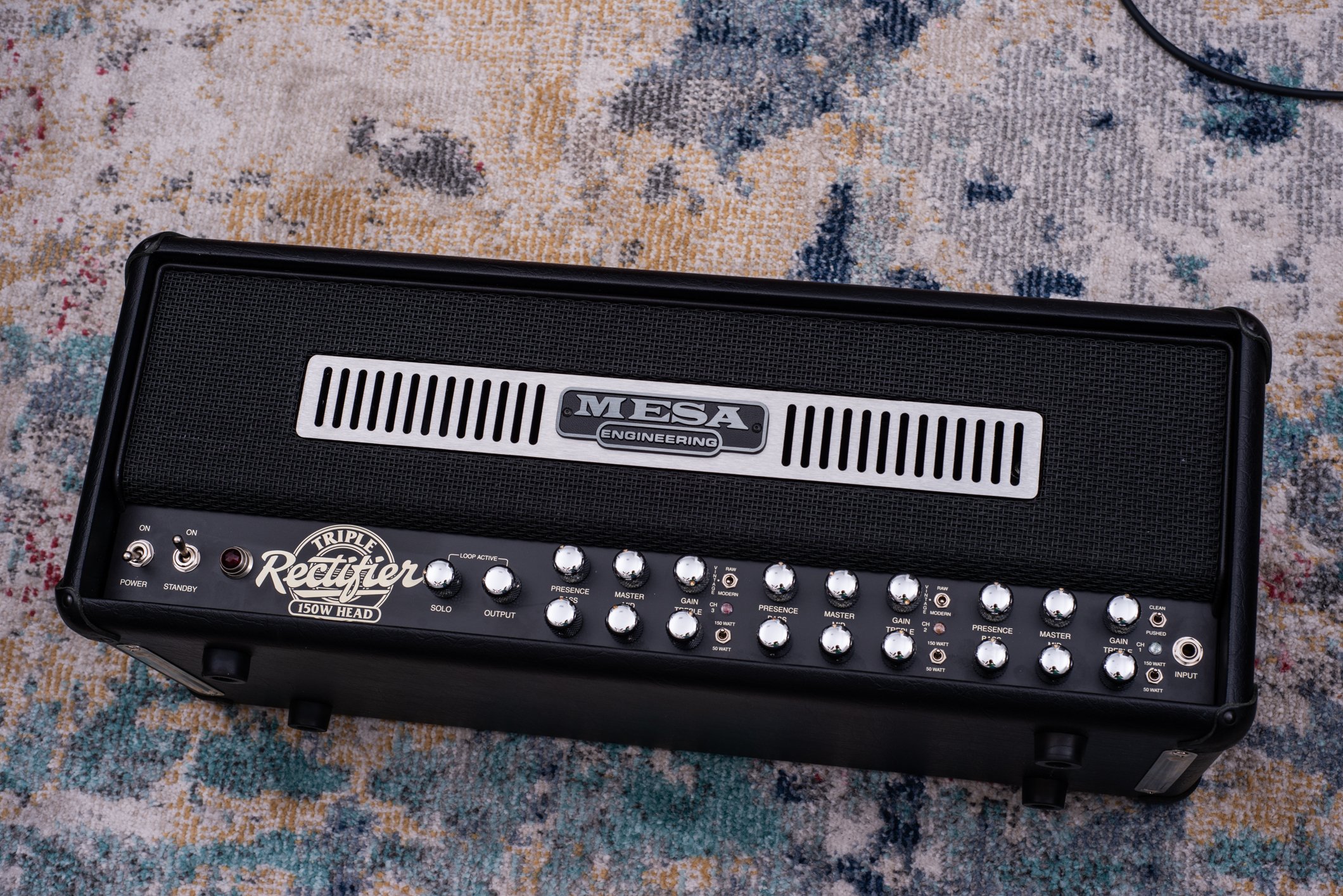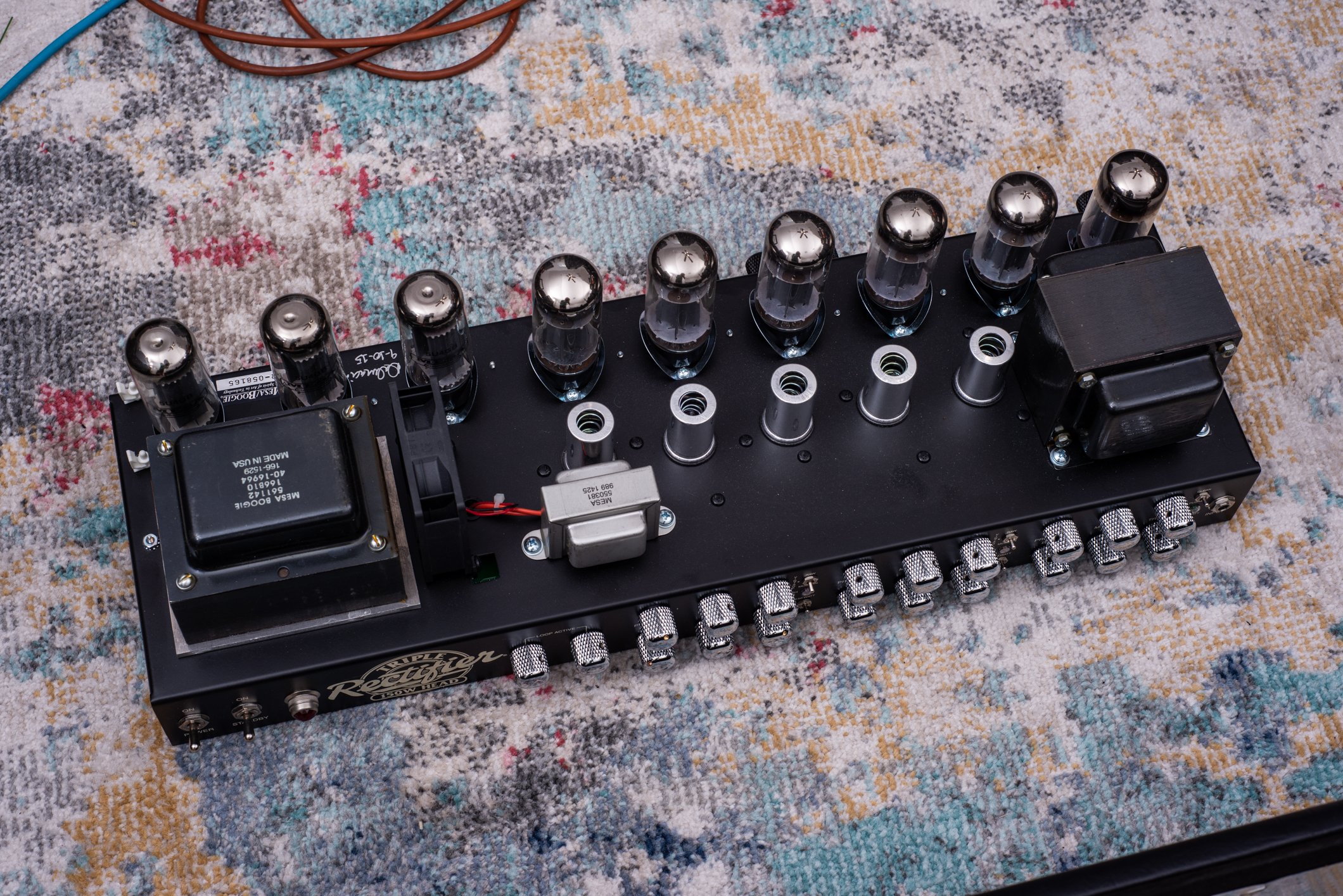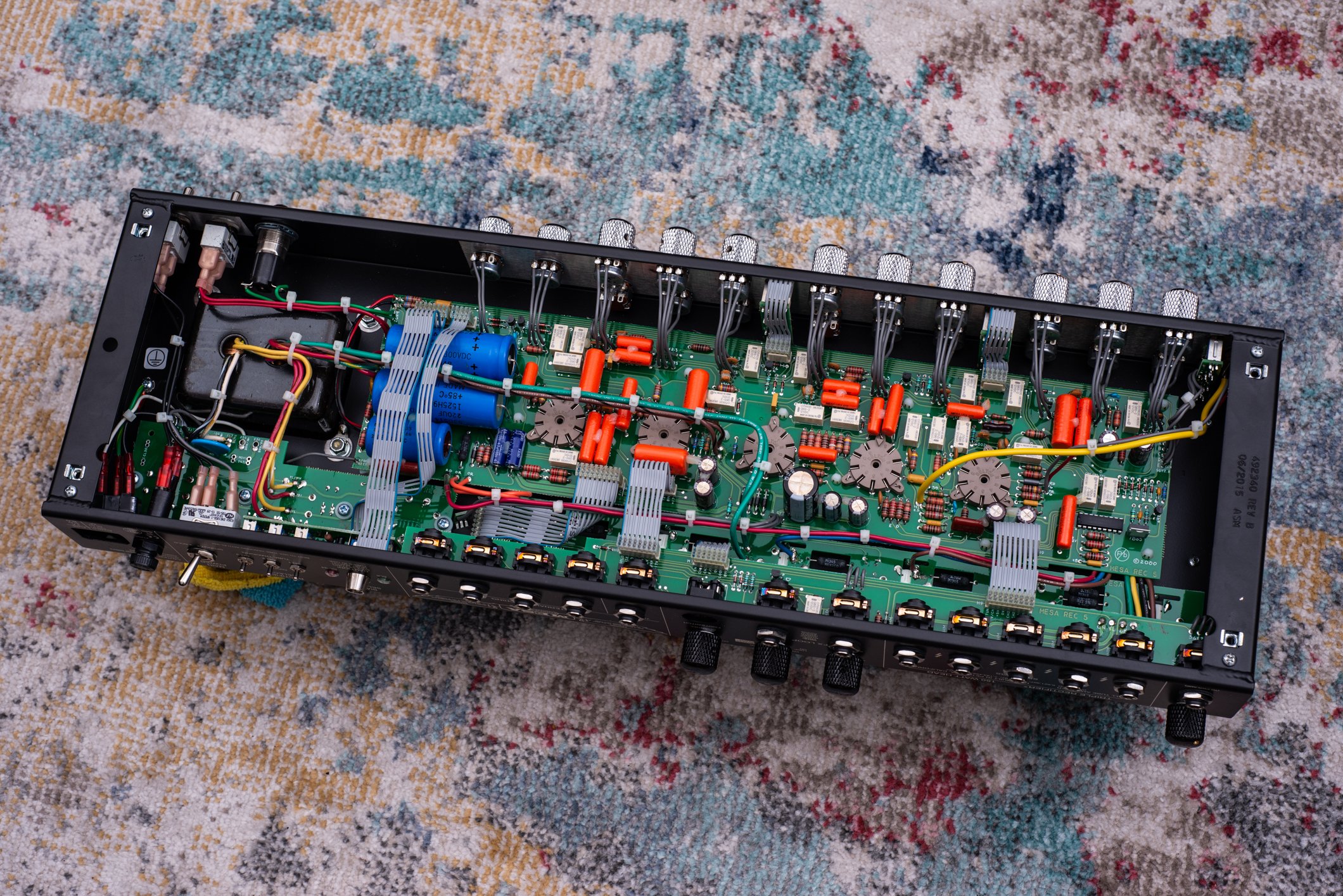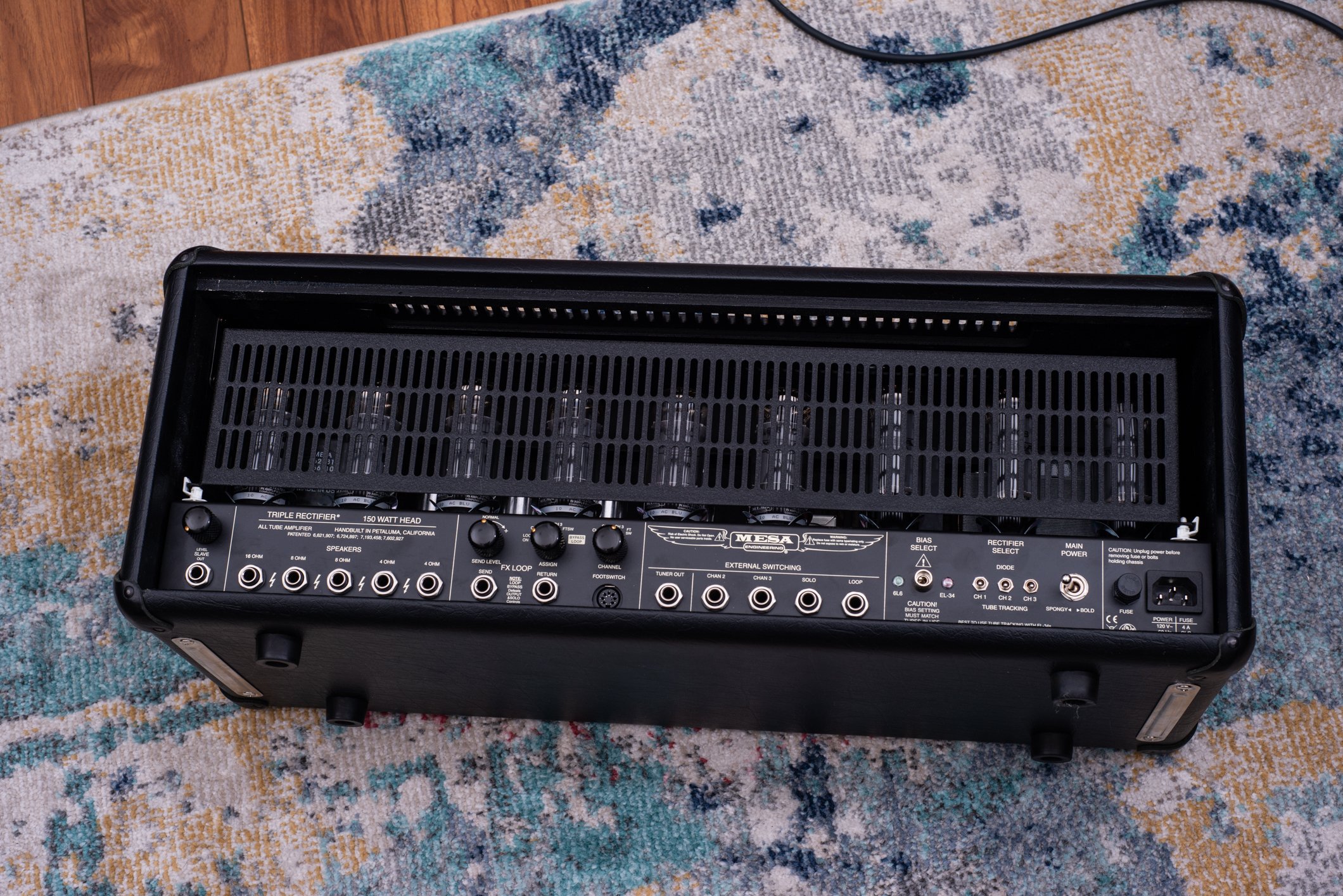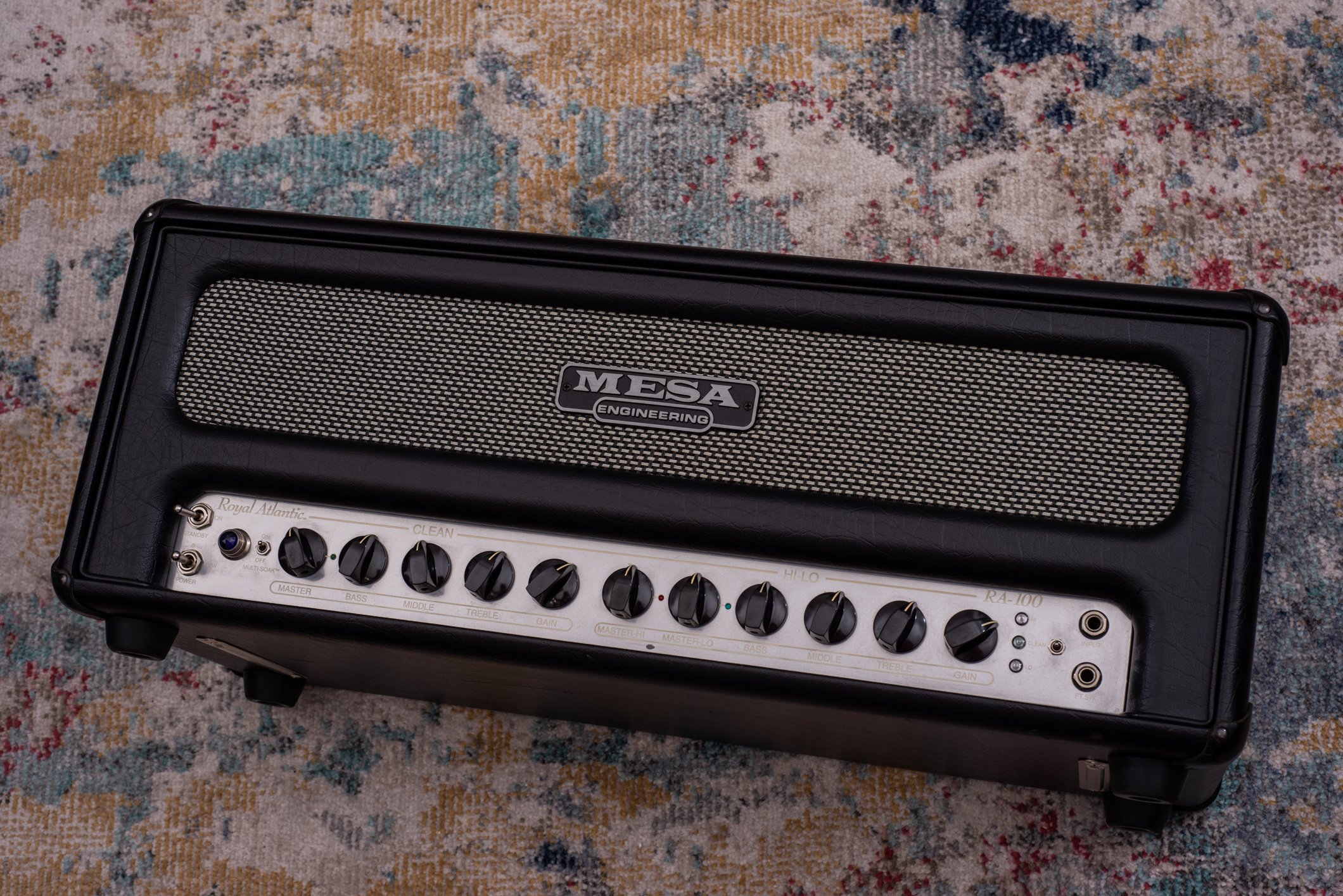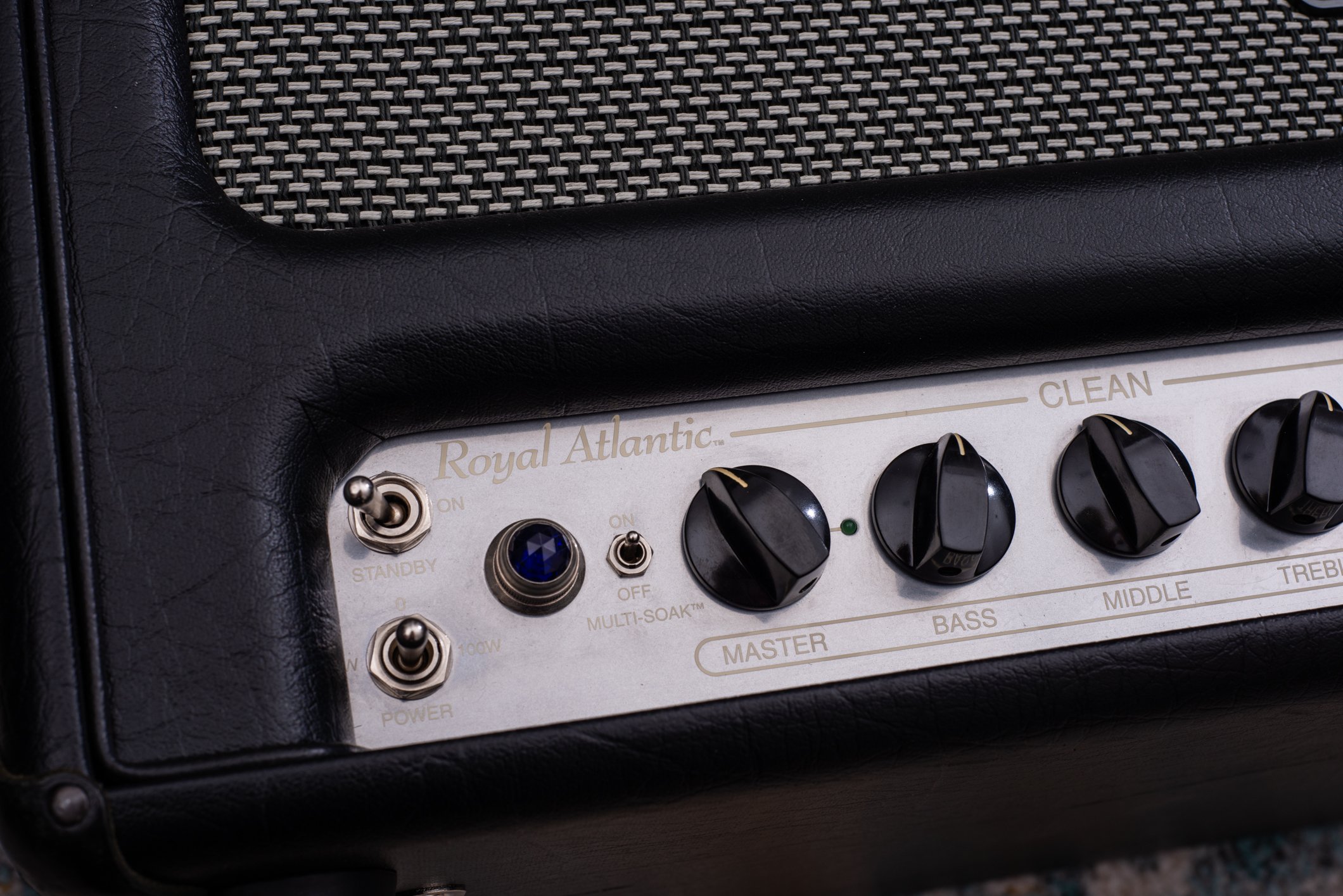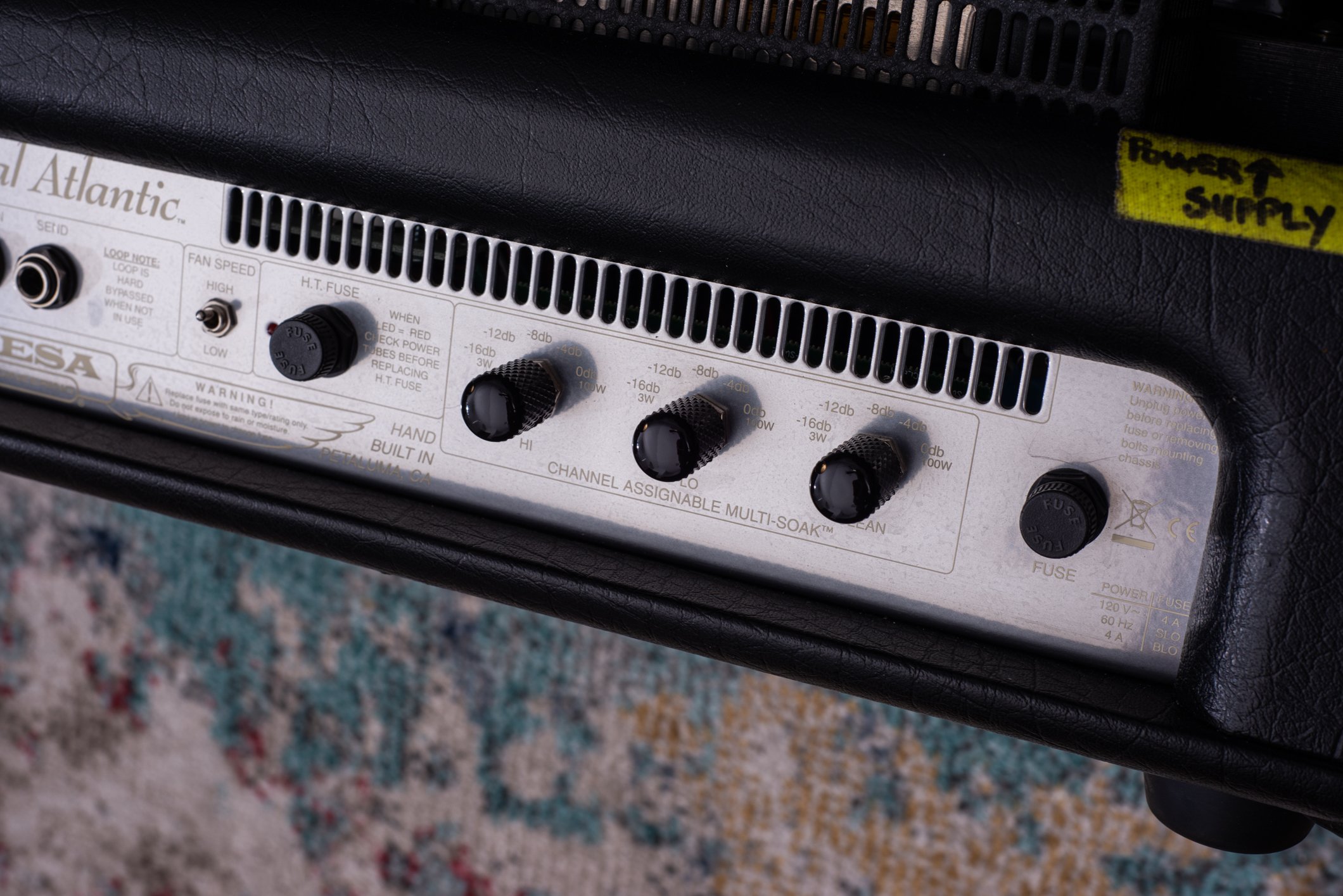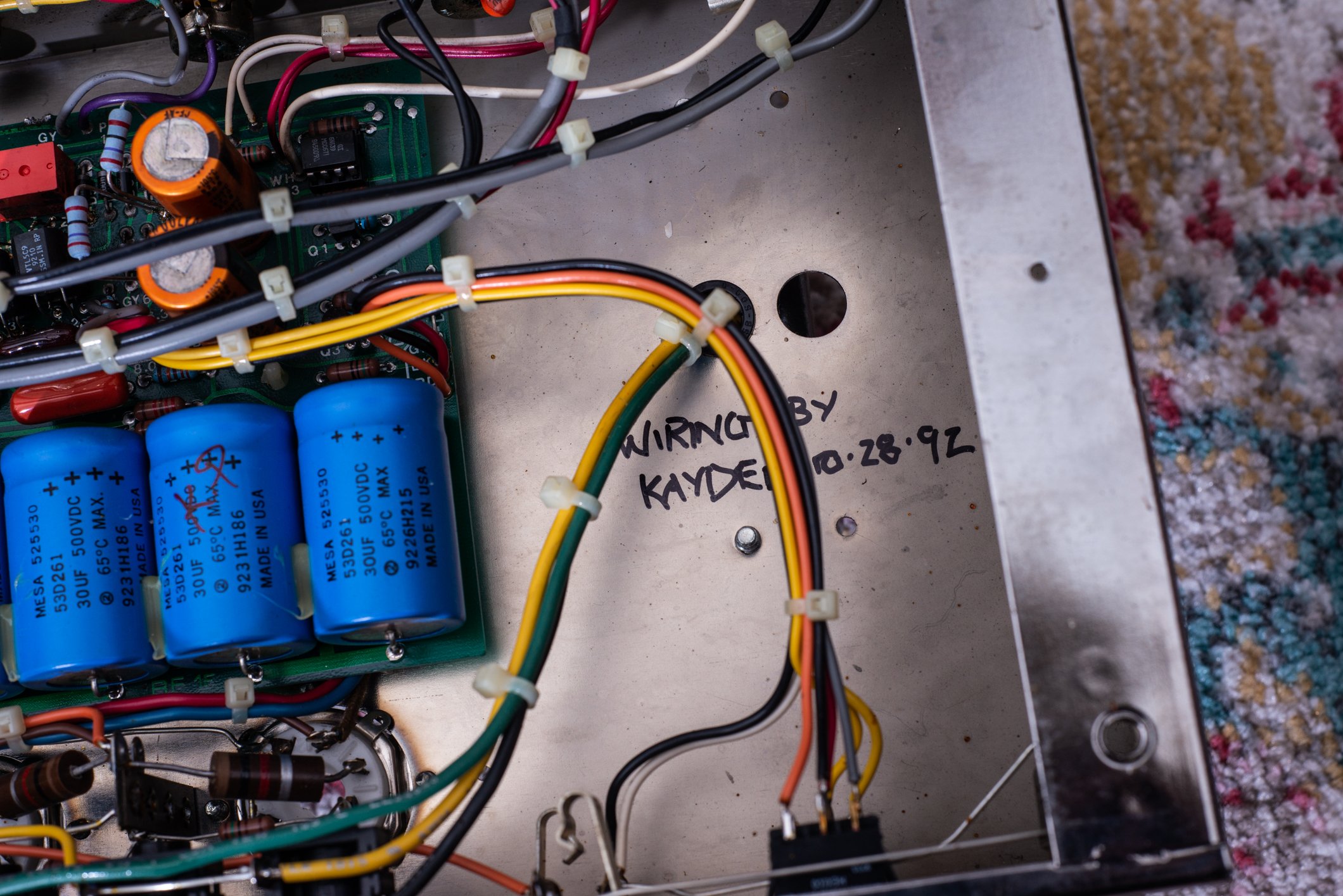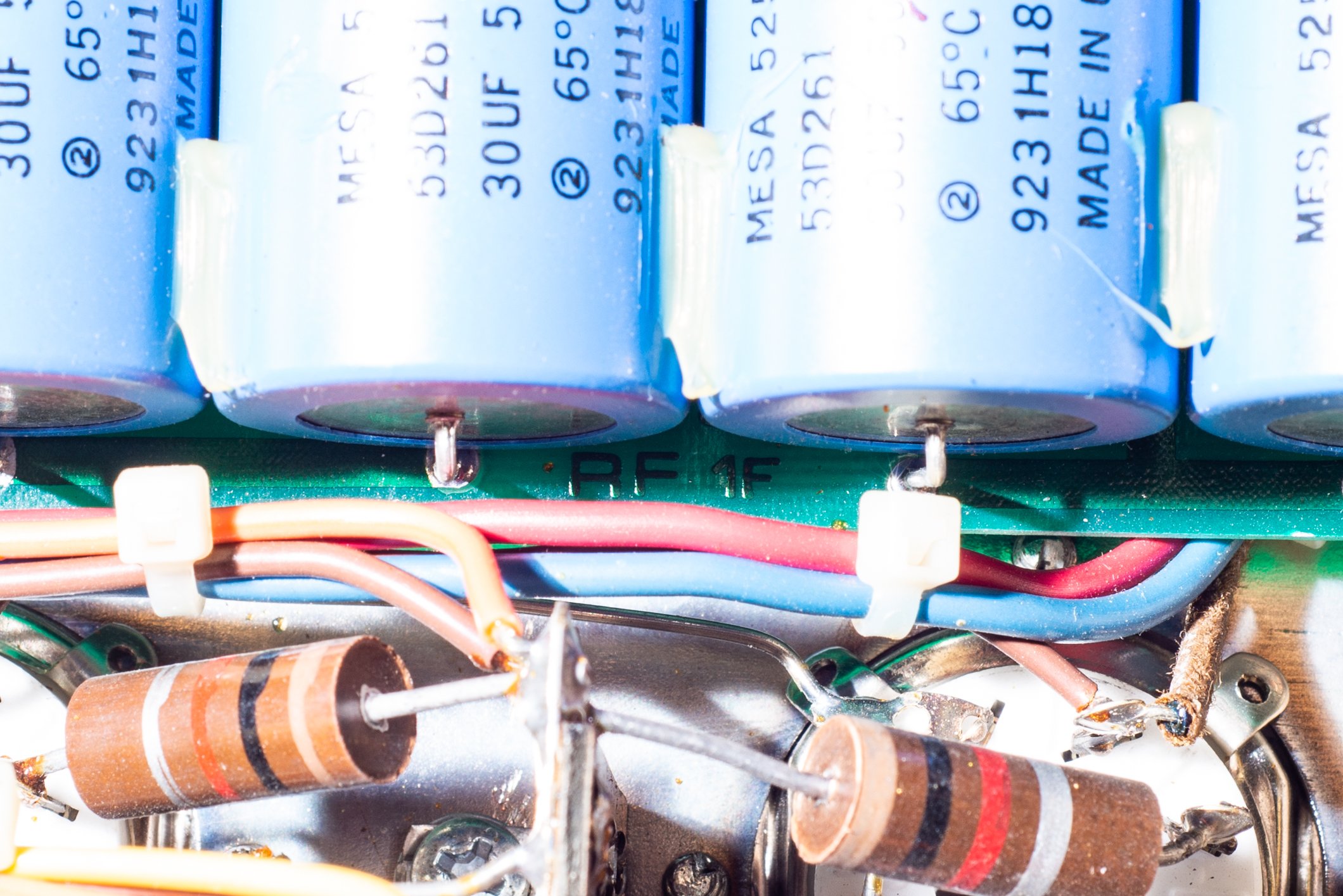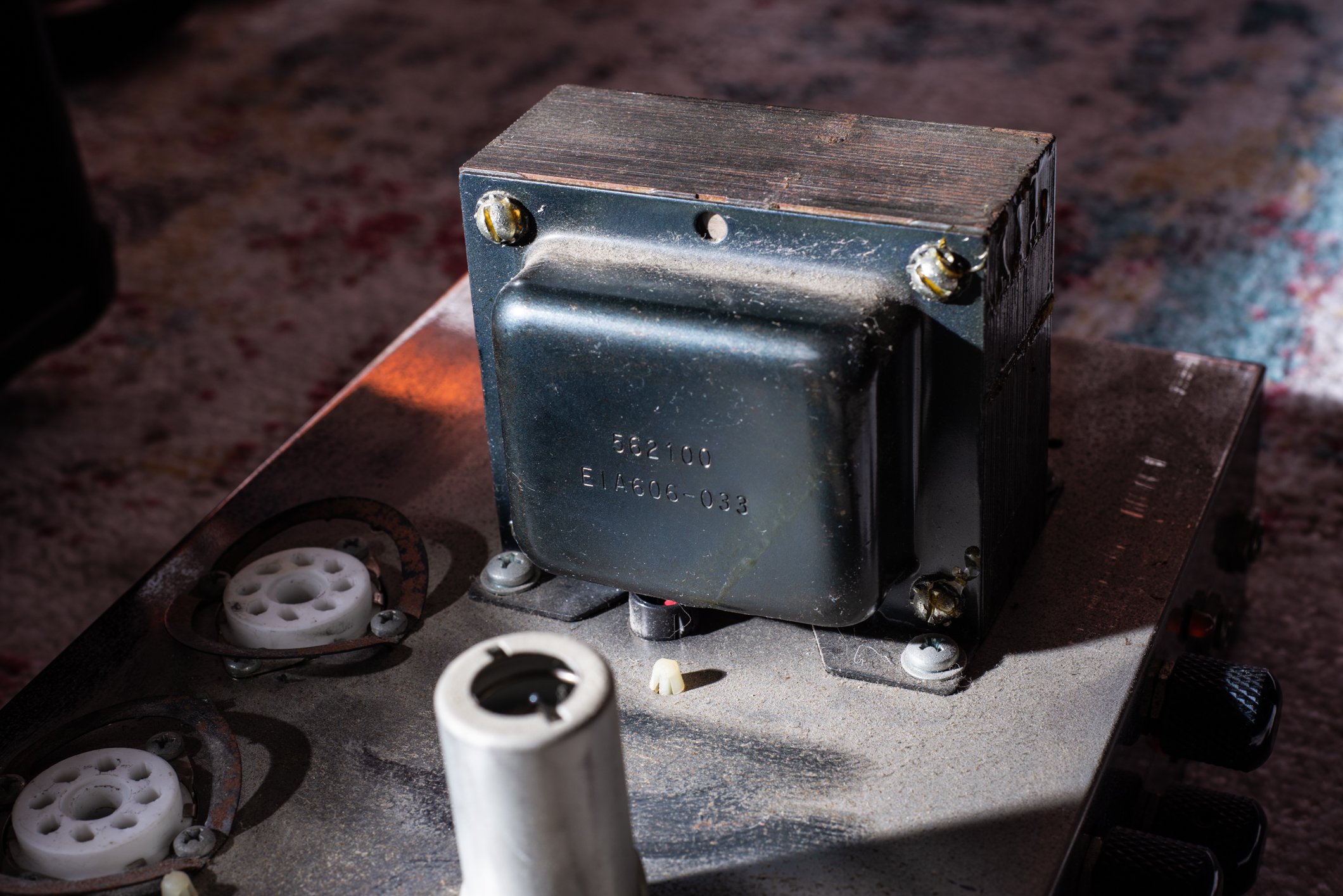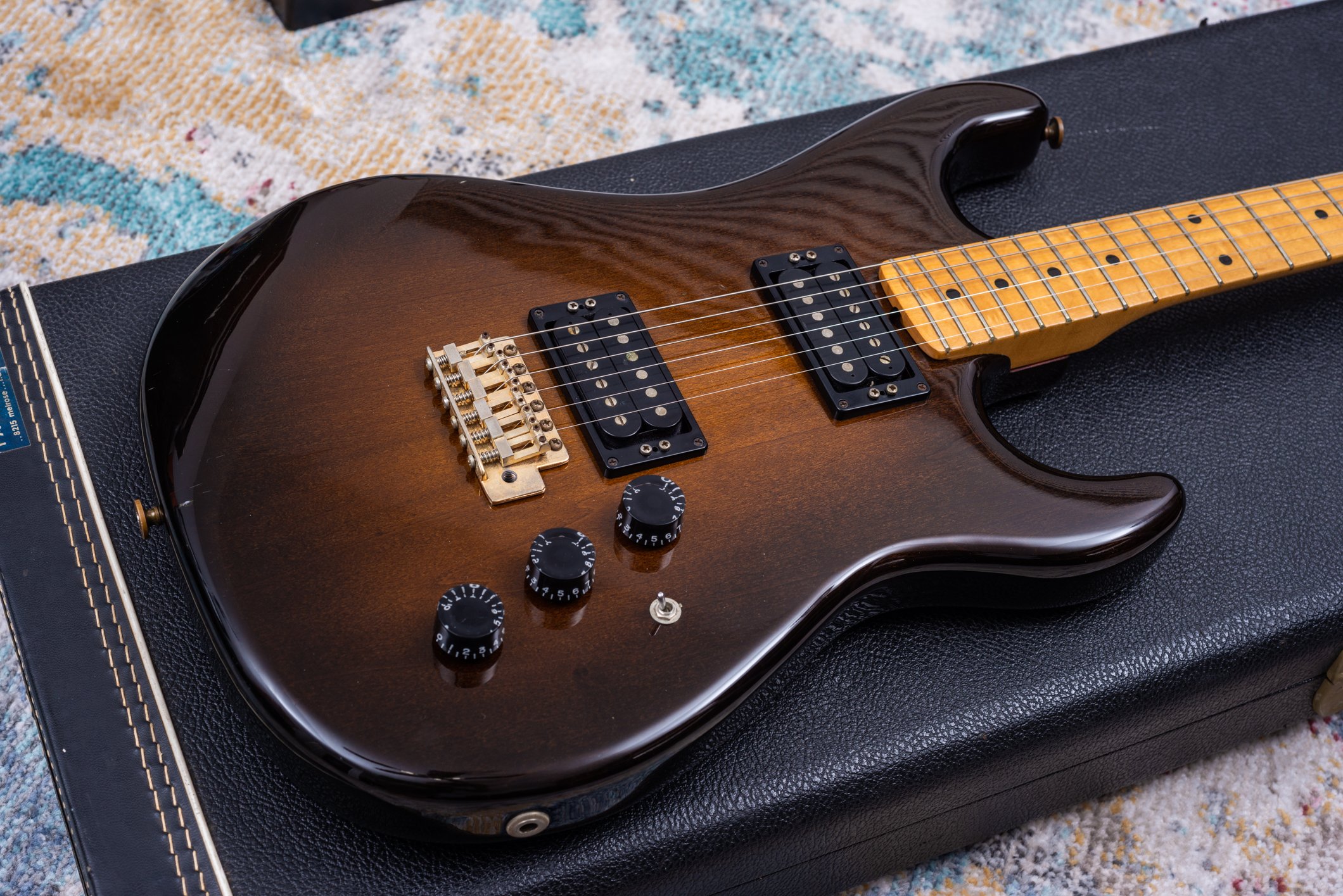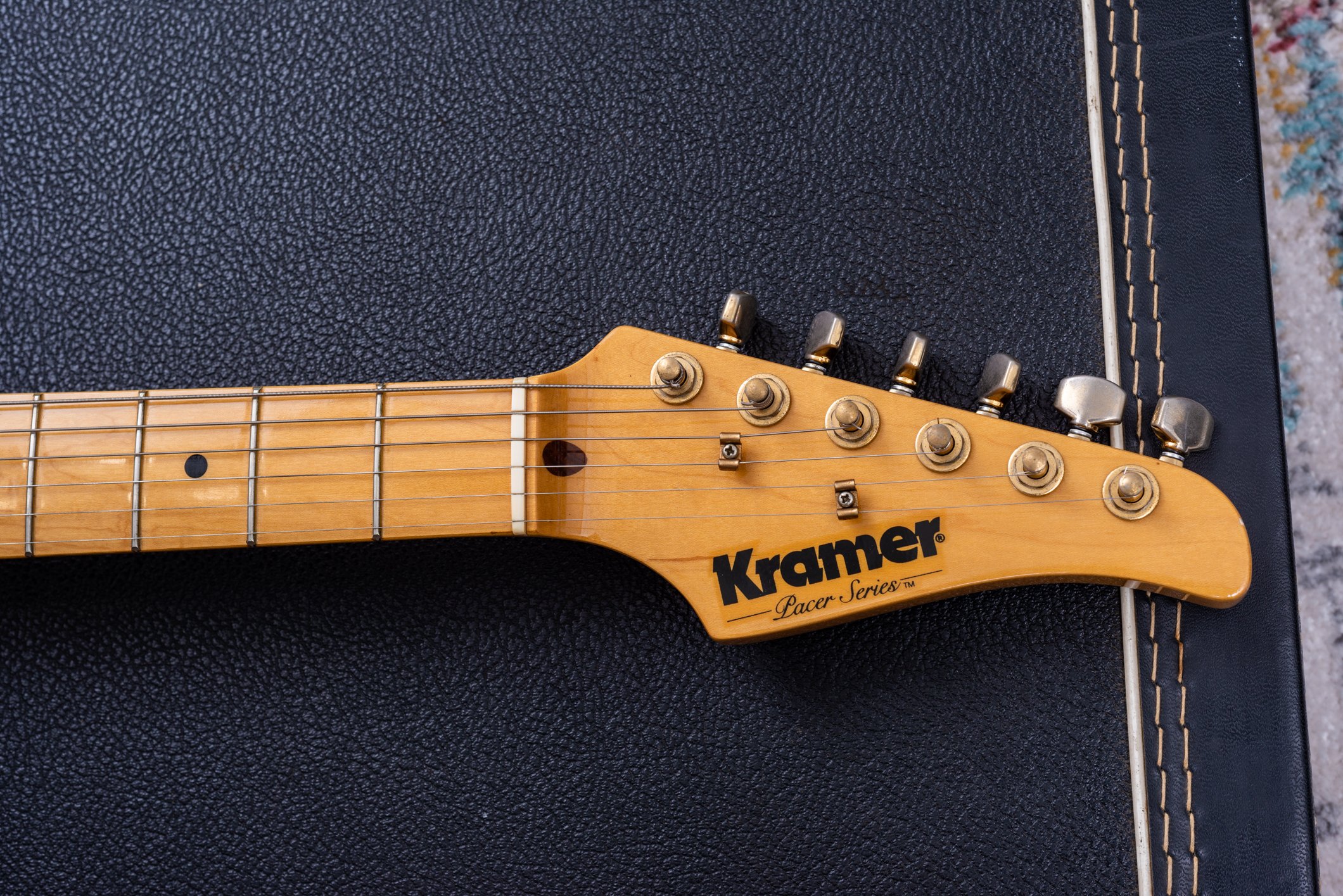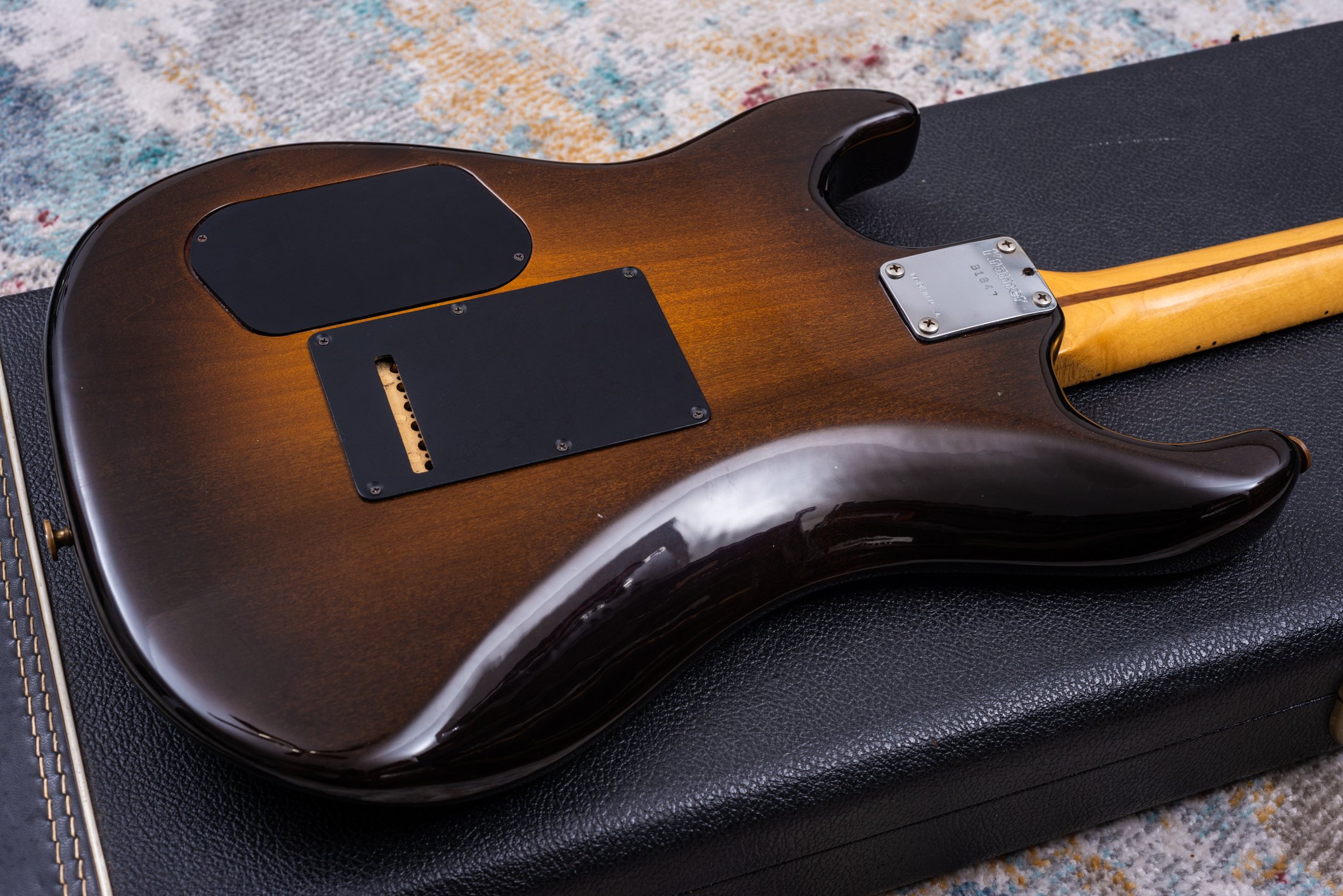Spotted this one online and didn’t know very much about it. After a little research and listening to some clips online, I figured it was worth the risk and pulled the trigger.
It’s an amp made in the Netherlands, and a quite expensive one at that. Early versions of the Captain were point to point wired, but this one has a PCB - it is a “V2.” The current production version is the “V3.”
It’s a 3 channel amp, but it’s not a super gain monster. It’s much more in the classic Marshall-esque territory in terms of available gain. Channel 1 is clean, but with separate gain and volume controls does a passable gritty crunch. This channel also has an EQ bypass switch which I find to be extremely useful - it does make the amp much louder, but I love the tone. Channel 2 and 3 are both overdrive channels, with a tiny bit more gain on channel 3 but both are fairly close - which is a little limiting since they share an EQ section as well as the “boost” and “edge” switches. It does mean the transition from channel 2 to 3 is not disjointed, so it’s great for setting a crunch and lead tone that makes sense. The drawback is it’s a little less versatile than it could be, for example I’d love to have the boost/edge switches only affect channel 3 so I could keep channel 2 as my lower gain/smoother sound, and channel 3 as my more aggressive tone - better to think of it as more of a “2.5” channel amp in my opinion.
As for the tone, it’s a bit on the dark side, smooth, and full sounding. The low end is a little loose without a boost, but very polished sounding. I wouldn’t call it American or British sounding really, it has its own thing going on. Presence and “Balls” controls are on the rear panel, along with a switchable effects loop.

